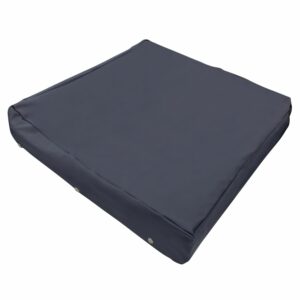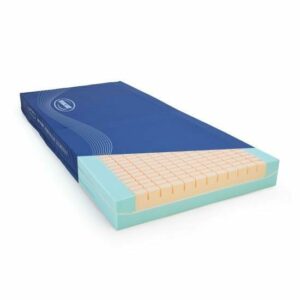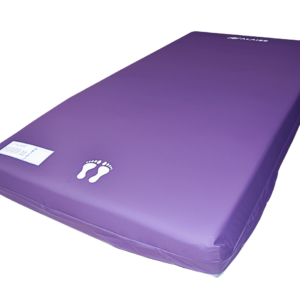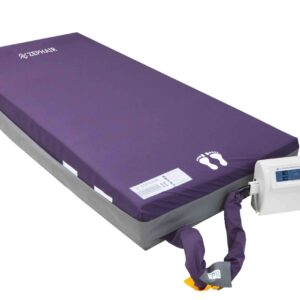Description
The I-Care IC15 Mattress is a static foam support surface designed to offer a firm feel and entry-level pressure care. It features temperature-sensitive ActiveX elastic foam that softens at body heat contact, allowing immersion around pressure areas.
The multi-layered design includes a high-density foam base to prevent bottoming out. Its open-cell structure promotes airflow and breathability, helping to maintain skin integrity.
A Bluetec temperature-regulating cover and integrated firm side supports enhance comfort and ease of transfers.
Who it’s for
- For clients who prefer a firm mattress and have low to medium pressure injury risk.
- For therapists wanting a homecare style, firm-feel mattress that provides entry-level pressure relief and stable transfers.
Key features
- ActiveX elastic foam – offers temperature responsive immersion for pressure redistribution
- Firm feel – supports turning and repositioning
- High-density foam base – prevents bottoming out and contours to profiling beds
- Open-cell structure – enhances airflow and breathability
- Firm side edges – provides support for safer bed transfers
- Bluetec cover – regulates temperature to keep skin cool and dry






